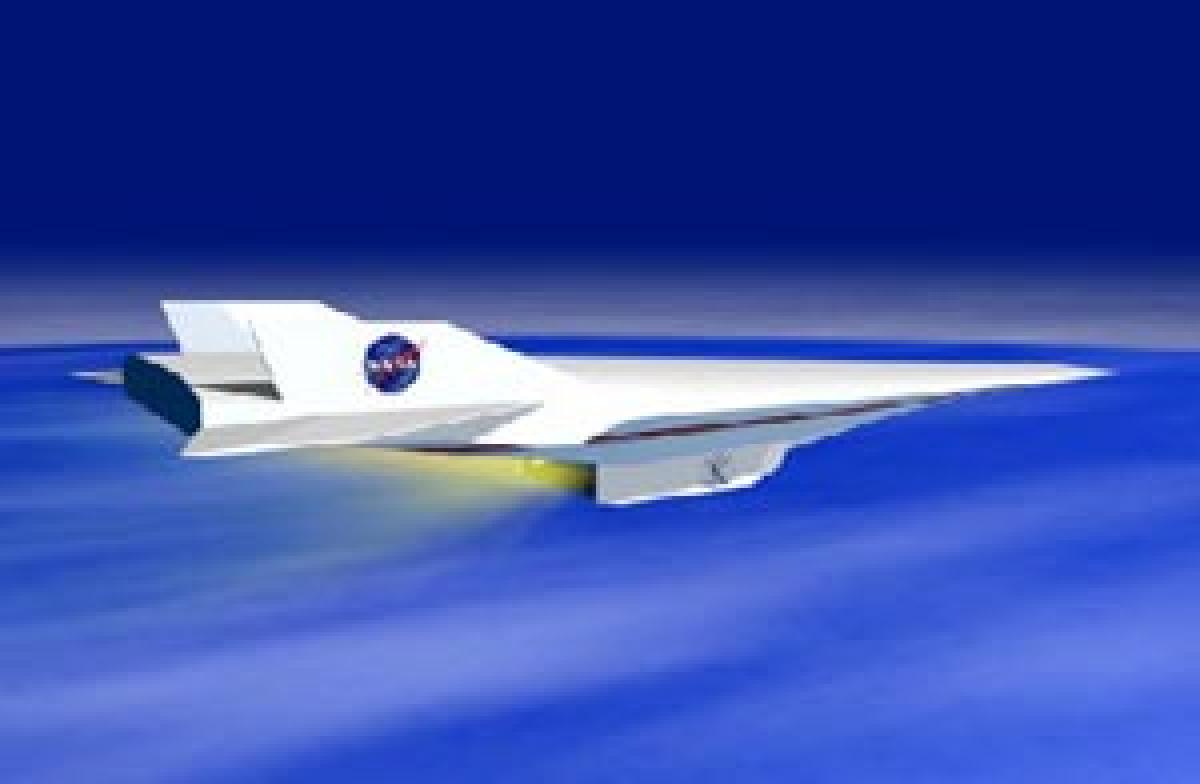Scramjet Engine

Supersonic Combustion Ramjet (Scramjet) programmes refer to research and testing programs for the development of supersonic combustion ramjets, known as scramjets.
Supersonic Combustion Ramjet (Scramjet) programmes refer to research and testing programs for the development of supersonic combustion ramjets, known as scramjets. The testing of sub-scale demonstrator scramjet engine is envisaged by ISRO as a part of technology demonstration, by mounting it on a two stage solid rocket.
This test intends to demonstrate supersonic combustion in flight and evaluate the integrated functioning of the engine. The preparations for carrying out the test are underway and the test is likely to be conducted in the third quarter of 2016. Scramjet engine technology envisaged for use in launch vehicle, once the technology attains sufficient maturity. The technology will be useful only during the atmospheric phase of the flight of launch vehicle and will benefit in bringing down the cost of access to space, by reducing the amount of the oxidizer to be carried along with the fuel.
Theoretical projections place the top speed of a scramjet between Mach 12 (8,400 mph; 14,000 km/h) and Mach 24 (16,000 mph; 25,000 km/h).
The Thiruvananthapuram-based Vikram Sarabhai Space Centre (VSSC) of the Indian Space Research Organisation (ISRO) designed and ground-tested a scramjet in 2005. In 2010, a flight test of Advanced Technology Vehicle (ATV-D01) with a passive scramjet engine combustor module was conducted. It was a suborbital ballistic trajectory based experiment using a two-stage RH-560 sounding rocket.
It has been ground-tested at hypersonic speeds for 20 seconds. Only the USA recently carried out in-flight demonstration of supersonic combustion for a short duration. Currently, the space transportation systems are expendable in nature and use the conventional chemical rocket systems for their propulsion. The cost per kg of payload of such expendable systems is quite high, and is in the range of $12,000 to $15,000 per kg.
If we have to make the access to space more affordable, this cost needs to be brought down by an order of magnitude to something like $500 - $1000 per kg. The scramjet engine developed in-house to power the Reusable Launch Vehicle (RLV) due to undergo the first experimental flight shortly. The scramjet engine uses air breathing propulsion technology for hypersonic flight. This technology also paves way for smaller launch vehicles with more payload capacity and is thus cheaper.















